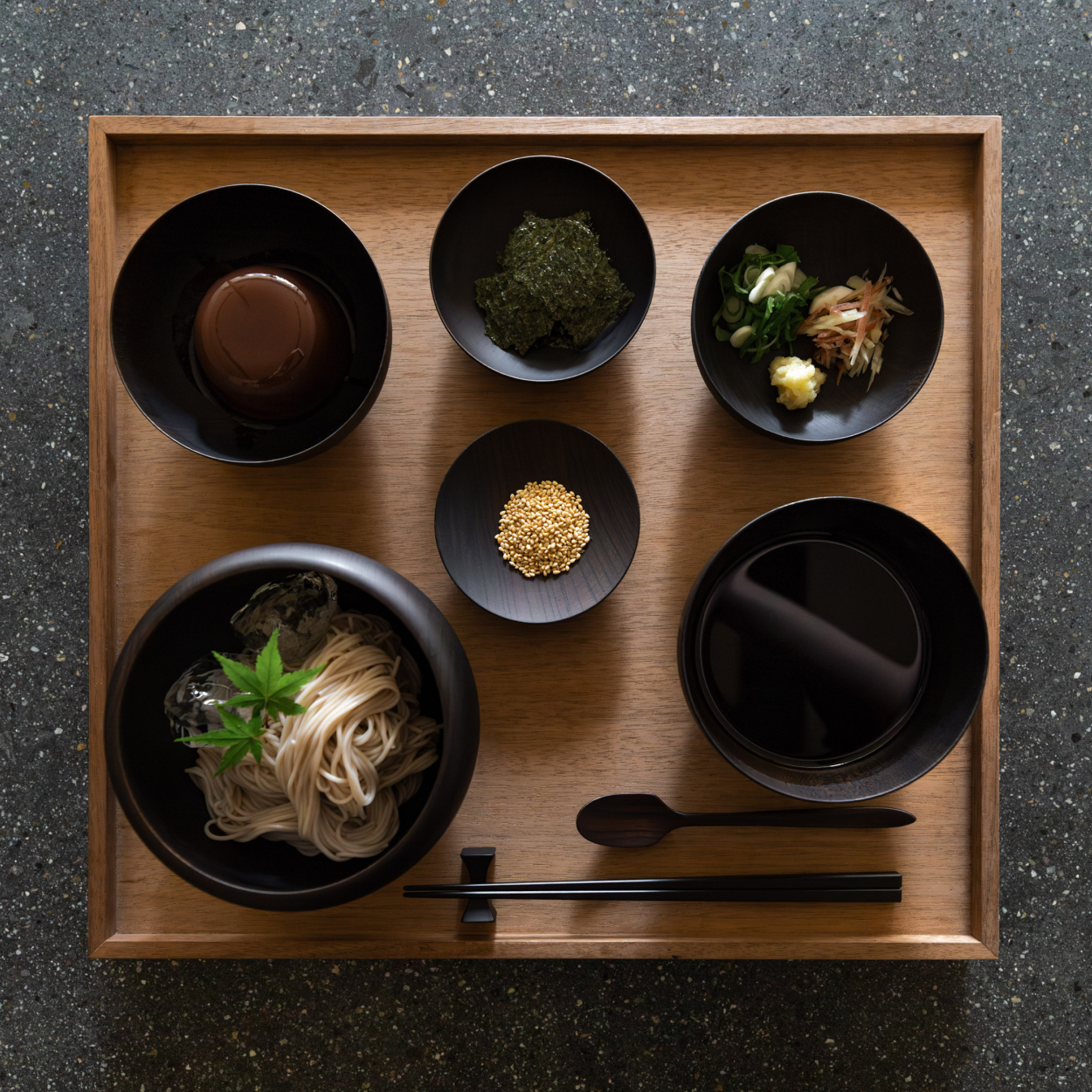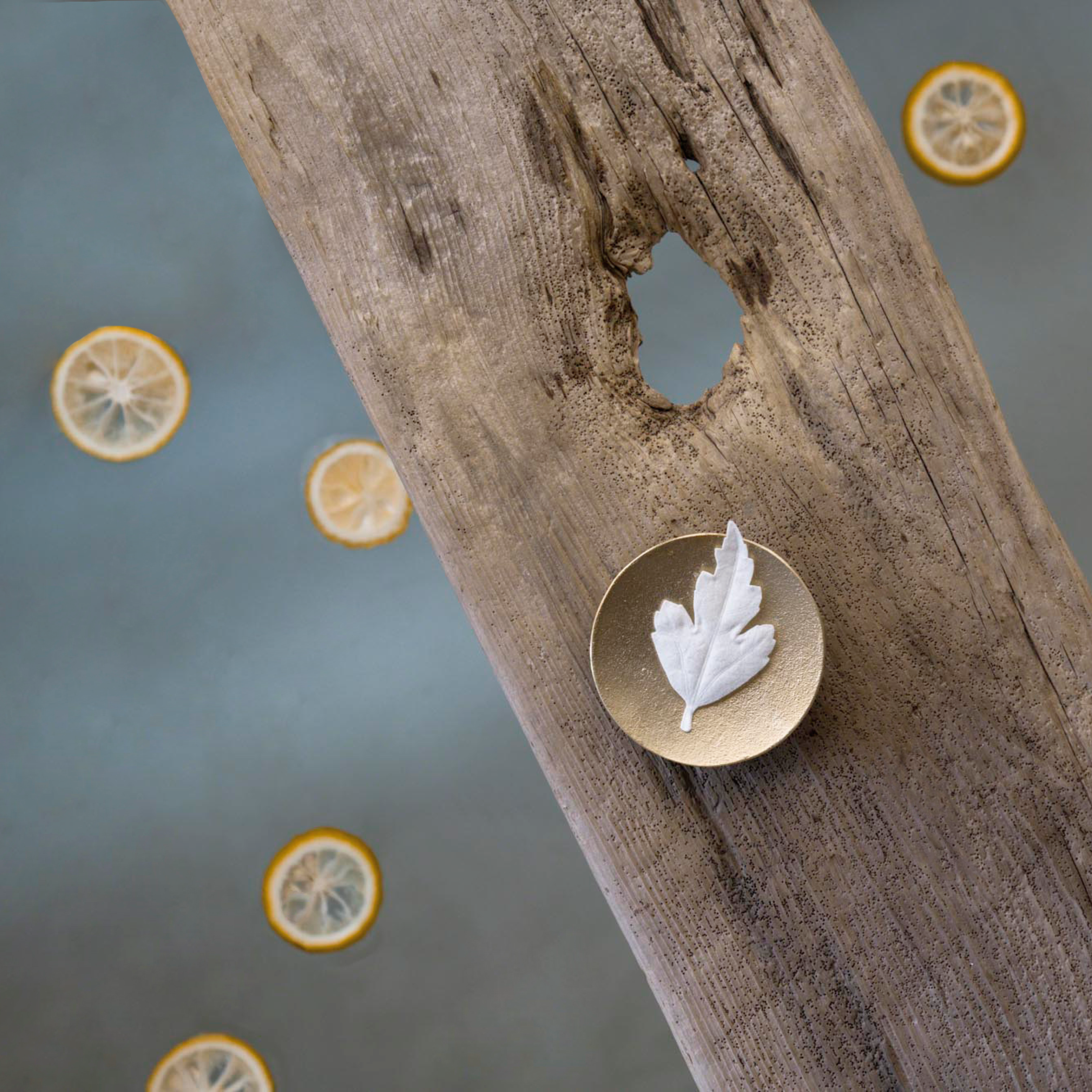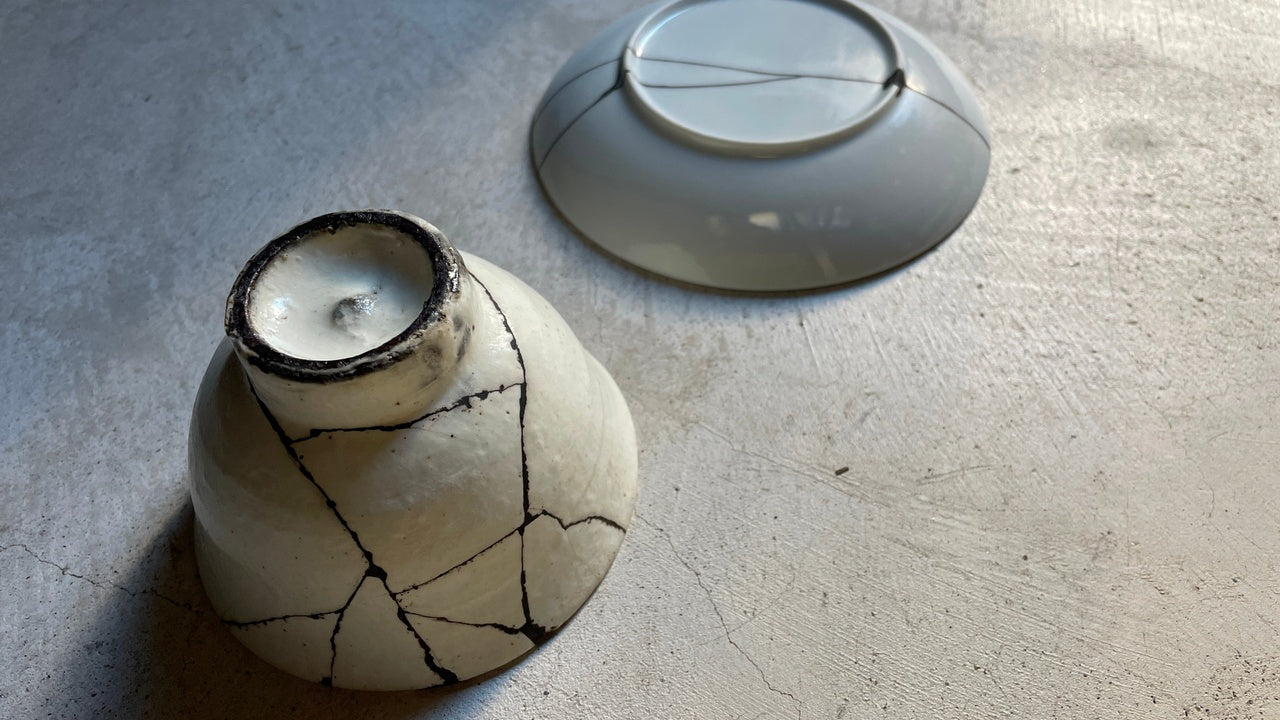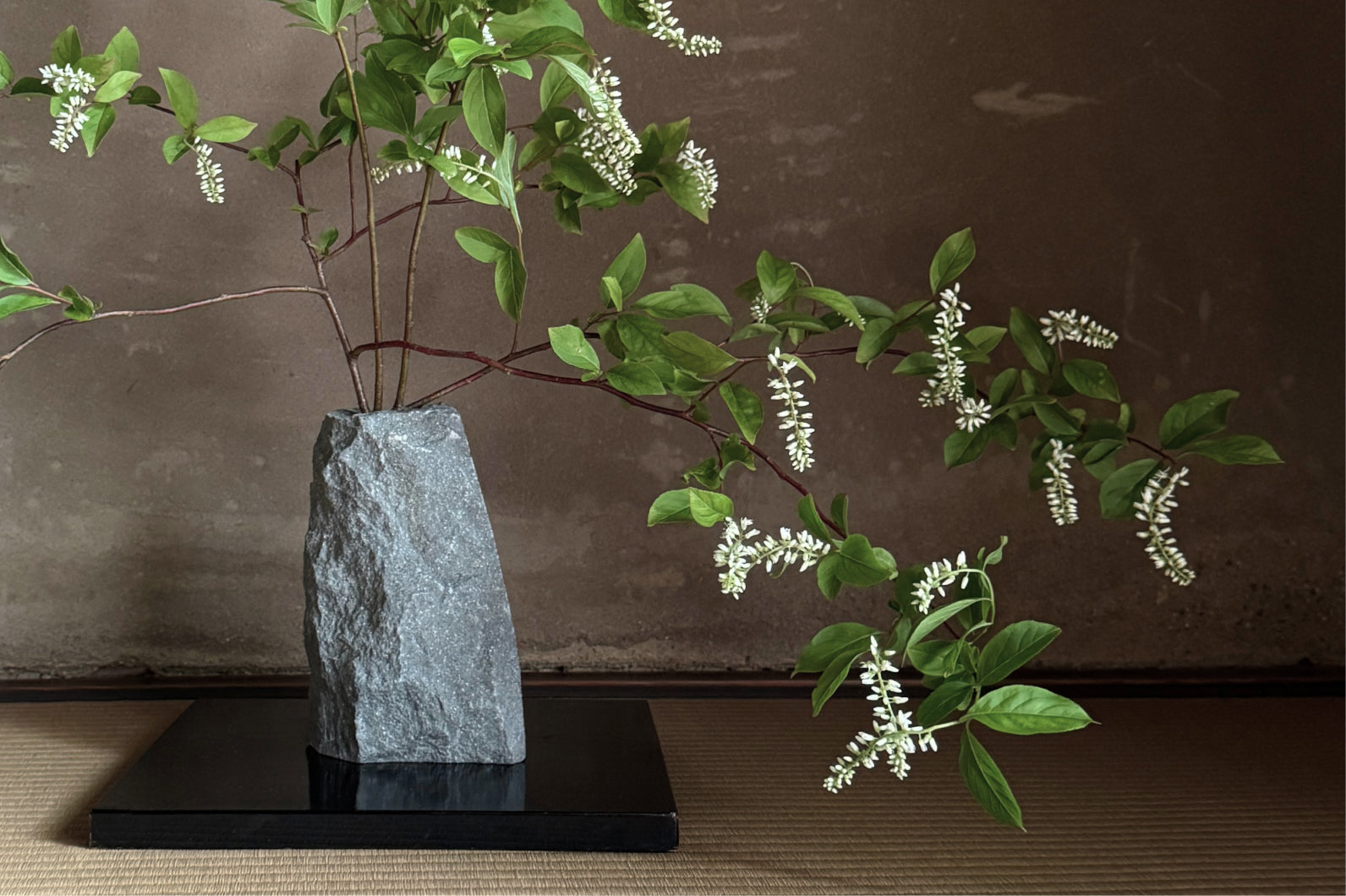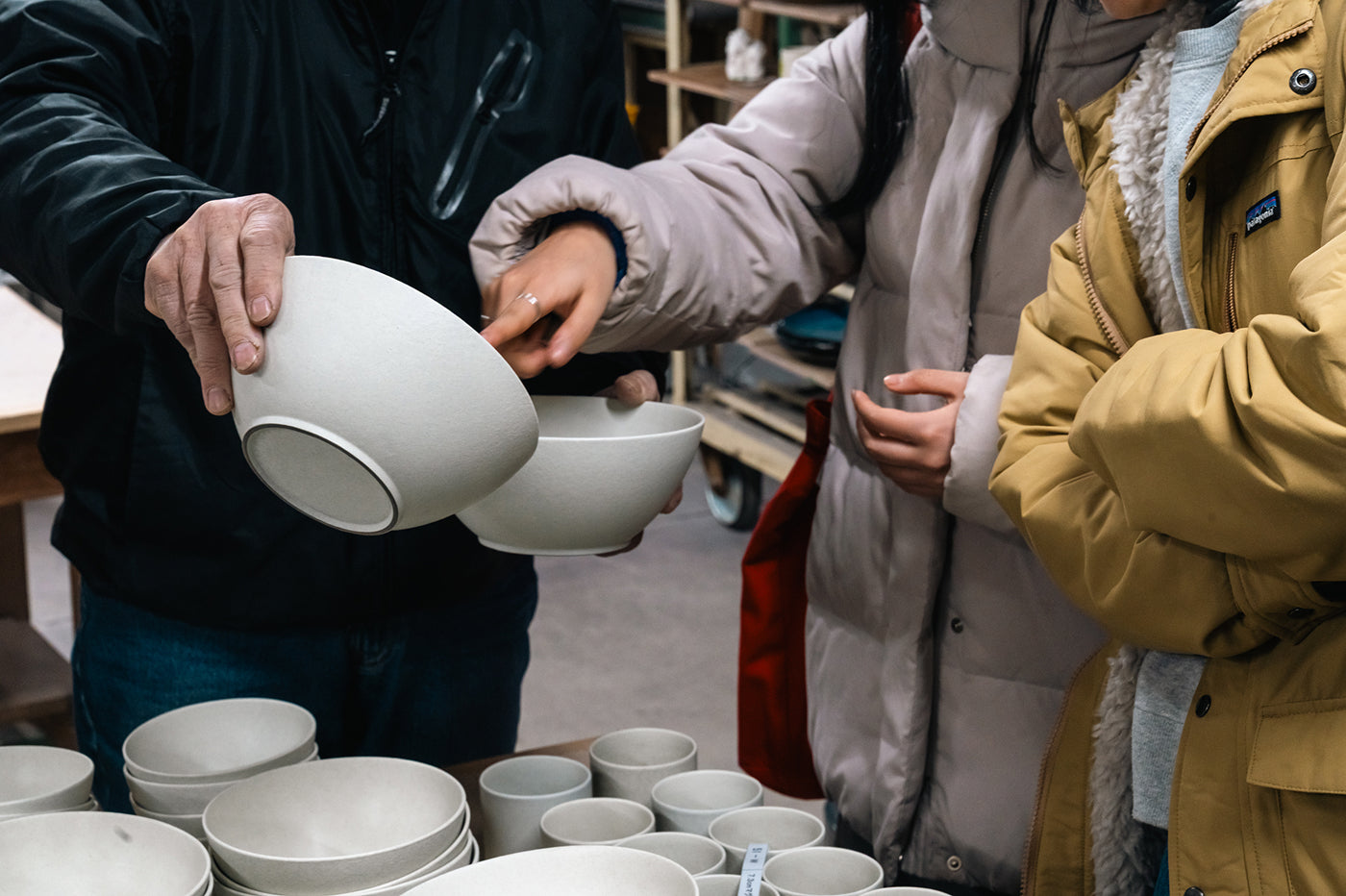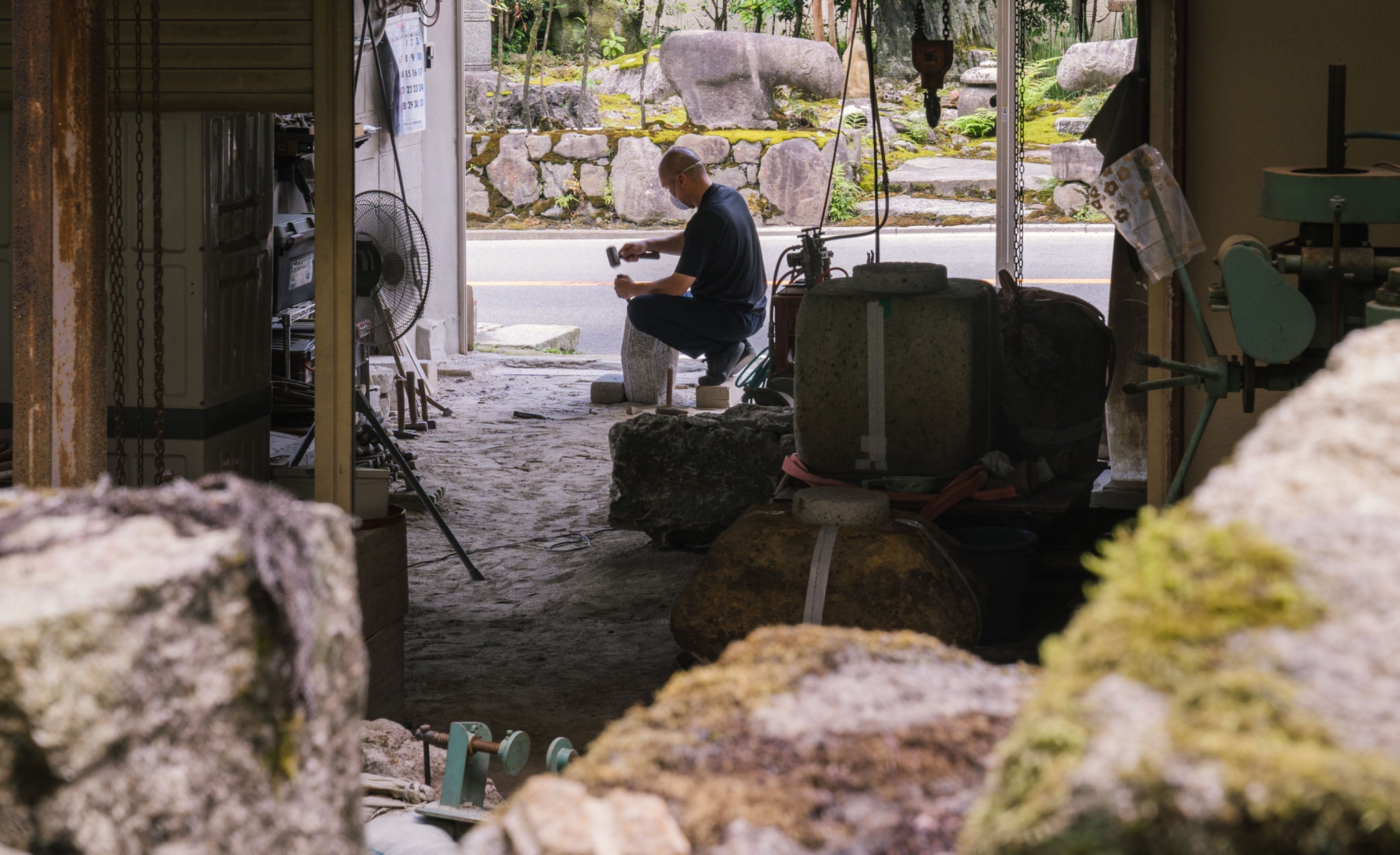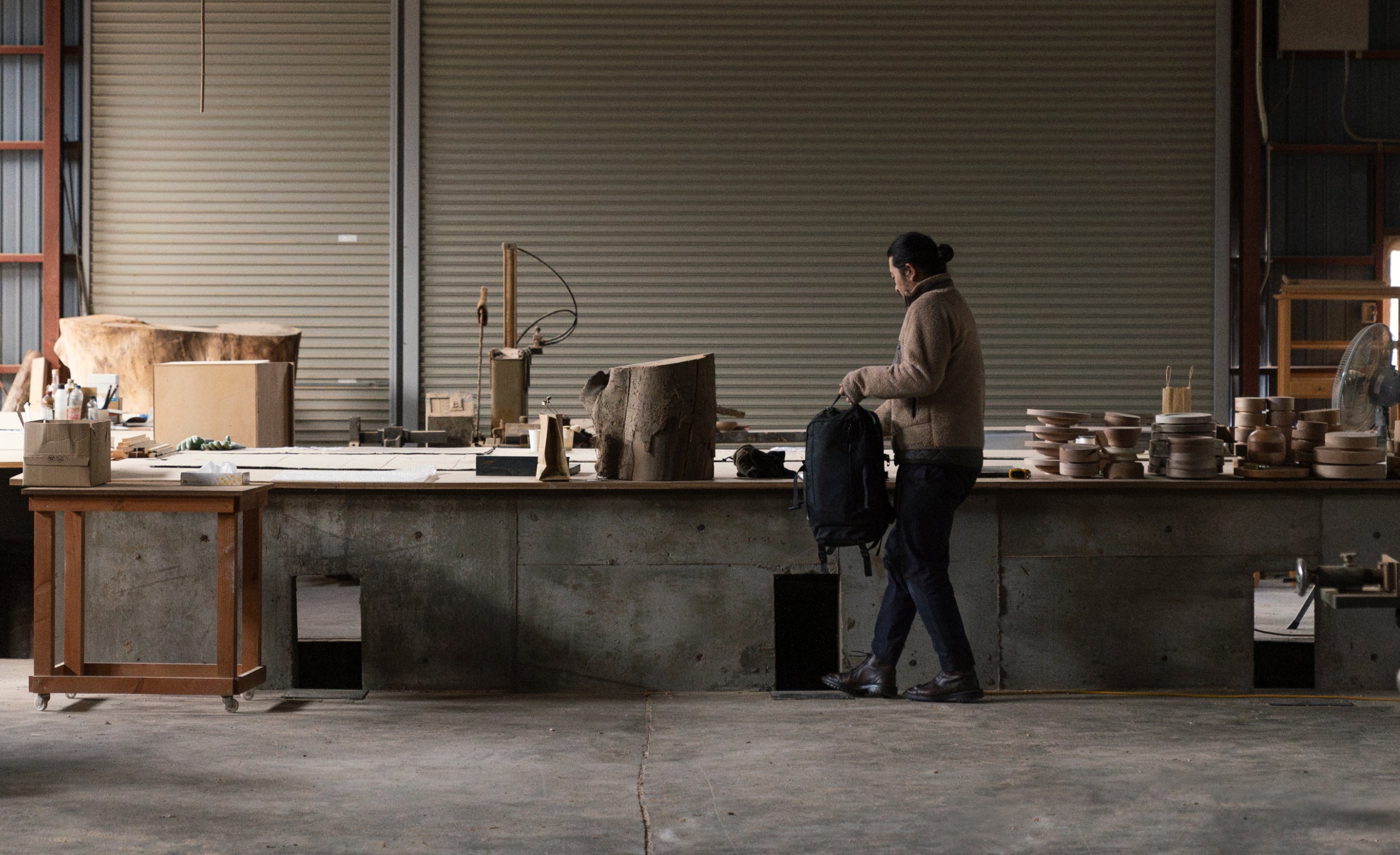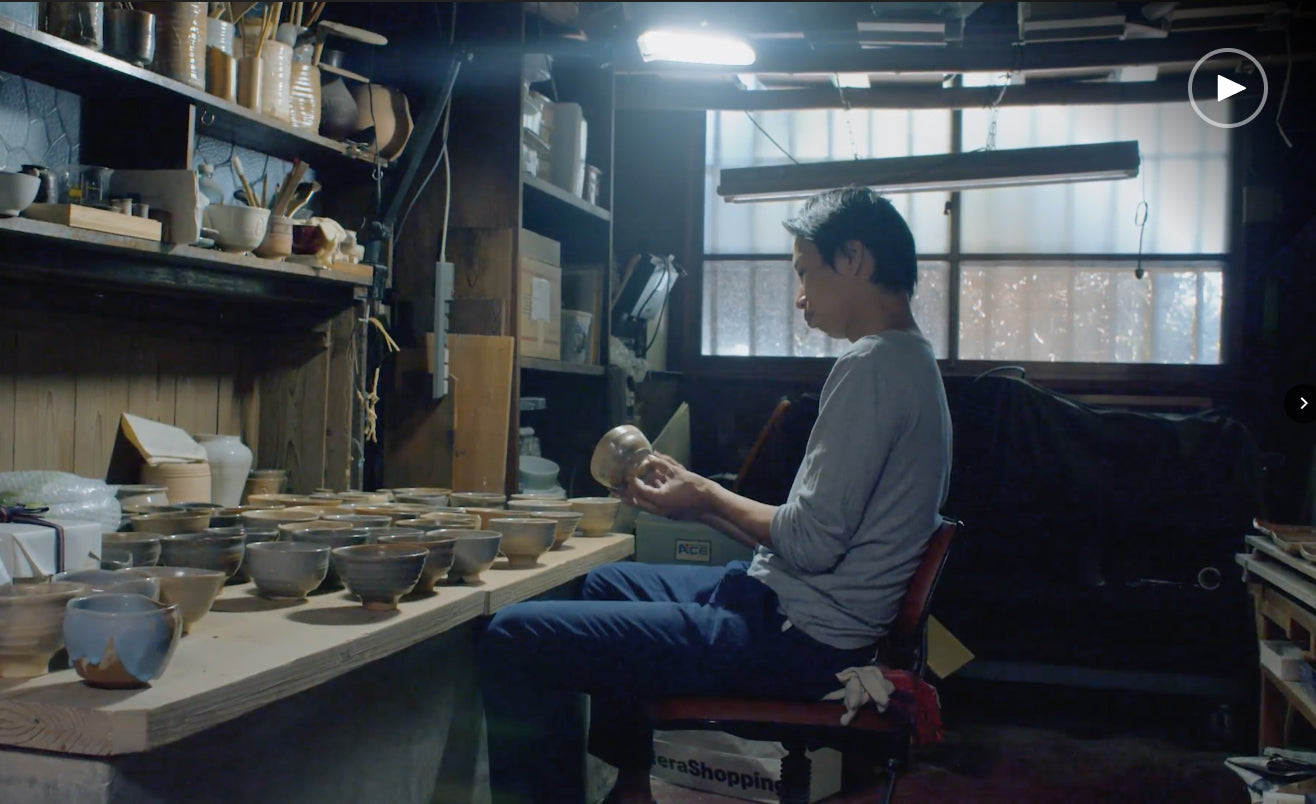During the holiday seasons, we often bring out our finest from the depths of our kitchen cabinets. Some of these pieces, we only see once a year. So it’s the perfect time to rediscover the gems that already live at home. What kind of pieces have you squirreled away?
Kintsugi is most known as a repair technique for broken pottery, which by definition are pieces formed out of natural soil and fired in a kiln.
From the beginning of human history, earthenware has been crafted all across the world. Even within the small islands of Japan, the diversity of soil, climate, food, and aesthetics have nurtured unique regional styles. These styles have developed over time and have become synonymous with each region’s culture that go even beyond craft and tableware.
Examples of such regional pottery are Shigaraki-yaki in Shiga prefecture, Kutani-yaki in Ishikawa prefecture, and Bizen-yaki in Okayama prefecture. Yaki translates to “fired,” and the nouns that precede yaki are regional names.
TYPES OF EARTHENWARE
The diverse range of pottery pieces can be roughly categorized into stoneware, clayware, ceramic, and porcelain, depending on the compounds of the soil and firing technique. Ceramic and porcelain are most commonly used for tableware today so they are what we repair most.

While it’s tricky to differentiate ceramic from porcelain pieces as many ceramics are glazed and can appear as smooth as porcelain, taking a peek at the bottom of the piece may provide greater hints.
WHICH IS CERAMIC AND WHICH IS PORCELAIN?
Find the answer down below.

WHY THESE DIFFERENCES MATTER IN KINTSUGI-REPAIR
One of the unique qualities of urushi is that urushi only adheres to urushi. Both sides of the broken surface must be enveloped with urushi in order for the pieces to be joined together.
Ceramic pieces are porous, helping to absorb urushi with ease. In contrast, porcelain pieces, with little absorbency, tend to repel urushi. What we do to help the urushi permeate the piece is to dilute raw urushi kiurushi to effectively absorb into the dense porcelain, before applying other mixed materials such as mugi urushi or sabi urushi.
Plate A: porcelain, Plate B: ceramic
